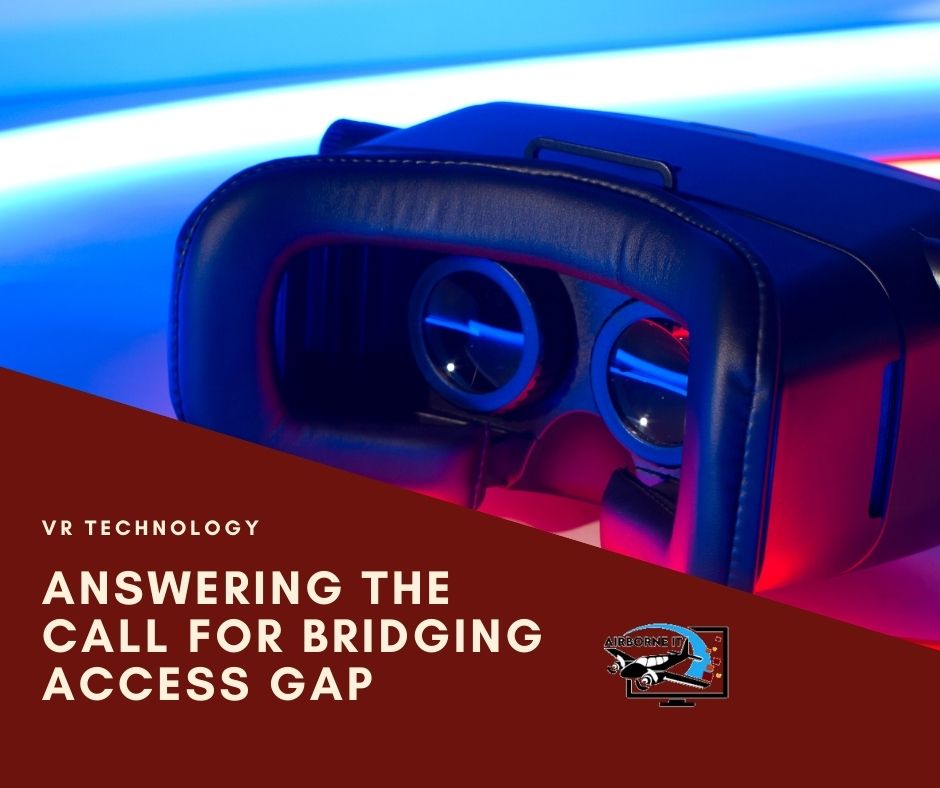VR Technology - answering the call for bridging access gap

VR innovation for school health integration programmes, Indigenous arts studies and STEM education is big on our agenda.
That’s because we believe in providing these future health, cultural and science knowledge for our young people so that they can succeed in their future endeavours.
Offering VR innovation in remote or regional schools is even more important, to ensure that students get equal access to immersive learning that might be easier to obtain in metro areas.
Let’s explore how VR can help close the gap, not only just in the classroom but also in other areas of our everyday lives.
VR closing the gap in learning
From video games to movies, young people are accustomed to being entertained by immersive experiences.
Through our VR work with Atos in WA’s wheatbelt schools, we have seen how the technology is capable of closing the gap in accessibility to education technology resources between metro and regional schools by:
- connecting students with immersive STEM opportunities such as ‘seeing’ what it is like inside a mechanics workshop for those who want to enter the industry, or what to expect under water in the ocean for kids who live in remote landlocked communities;
- supporting principals and teachers in regional schools who can utilise the technology resource to excite and inspire students to engage in study, take interest and increase attendance;
- Enhancing creativity - helping to spark students’ imagination and gives them a visual insight they wouldn’t otherwise have;
- Improving collaboration - Research shows that virtual (and augmented) reality simulations increase student motivation and improve collaboration and knowledge construction - essential skills for the modern world.
Wherever, whenever access to new cultures
VR has the potential to provide us with a wider range of direct sensory experiences with a diverse range of people and cultures within social VR experiences, and that this has the potential to give us more access to learning from our interactive direct experiences.
We see this happening with our VR innovation in WA’s northern regions that connect students with interactive learning on Aboriginal Art, culture and history lessons.
We also see the opportunity to bridge the cultural gap and showcase WA Aboriginal art, culture and history with the rest of the world through developing custom VR art gallery content that can be accessible by anyone, wherever and whenever.
Cost effective IT infrastructure project planning
IT infrastructure and development works can take months or years to plan and implement. But what if you could get into a remote town, region or area and check its every corner even before the foundation is laid?
VR technologies can make that possible, as well as enhance many other aspects of the IT infrastructure and development industry. This prevents the “it does not look or work as I imagined it,” in case there hasn’t been multiple site visits to ascertain the project requirements.
In addition, a VR modelling of the IT infrastructure area can be extremely cost efficient. A one time visit to collect all content and data can then be accurately remodelled in VR for immersive viewing and planning.
VR technology at the ready for regional WA
Here at Airborne IT, we’re keen to help close the gap in education and services for regional and remote communities. If we can help through our VR technology provision or AeroIT services, please get in touch.


